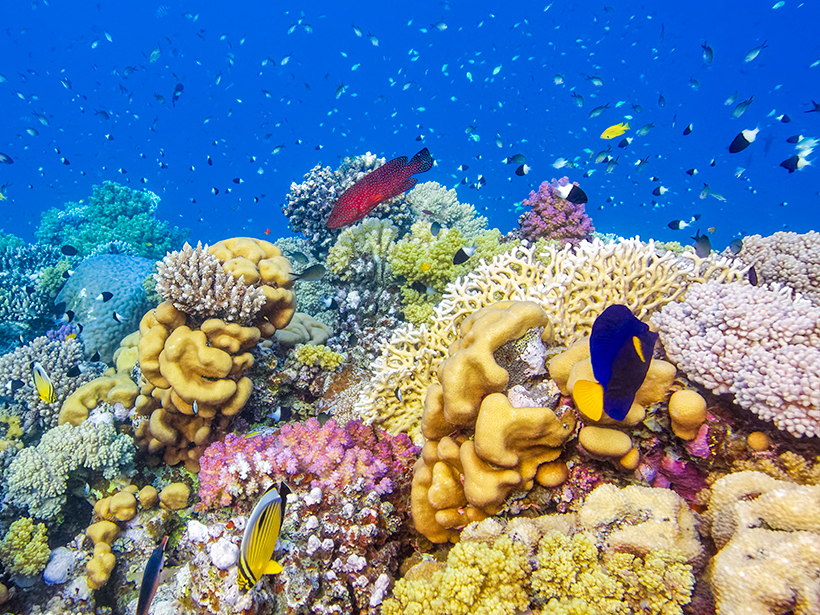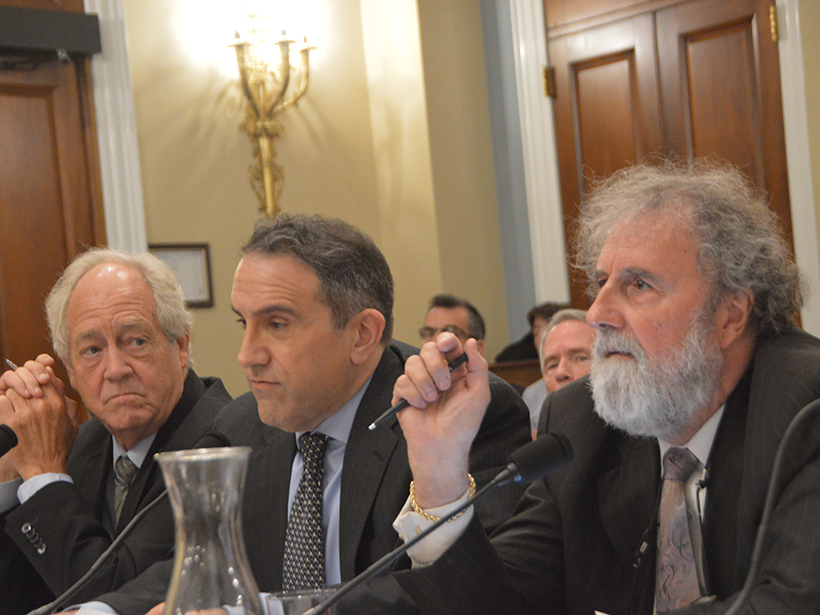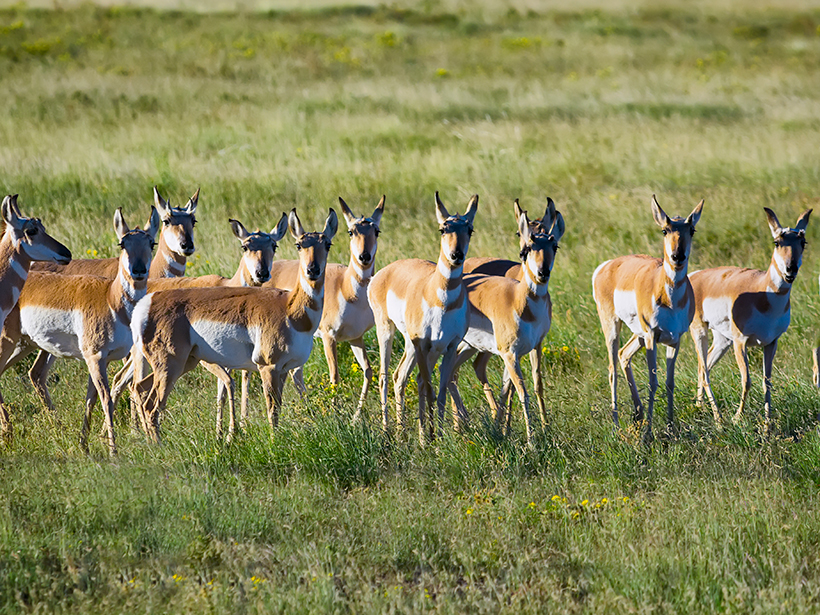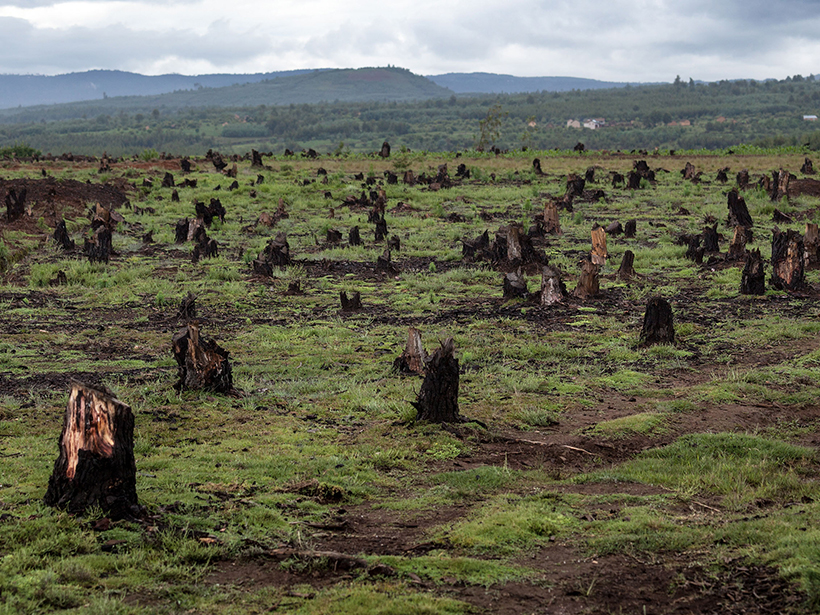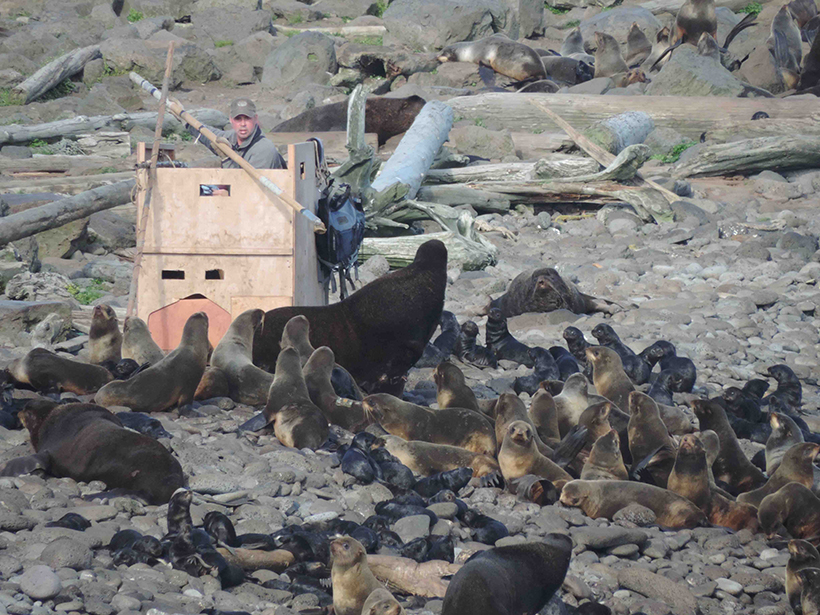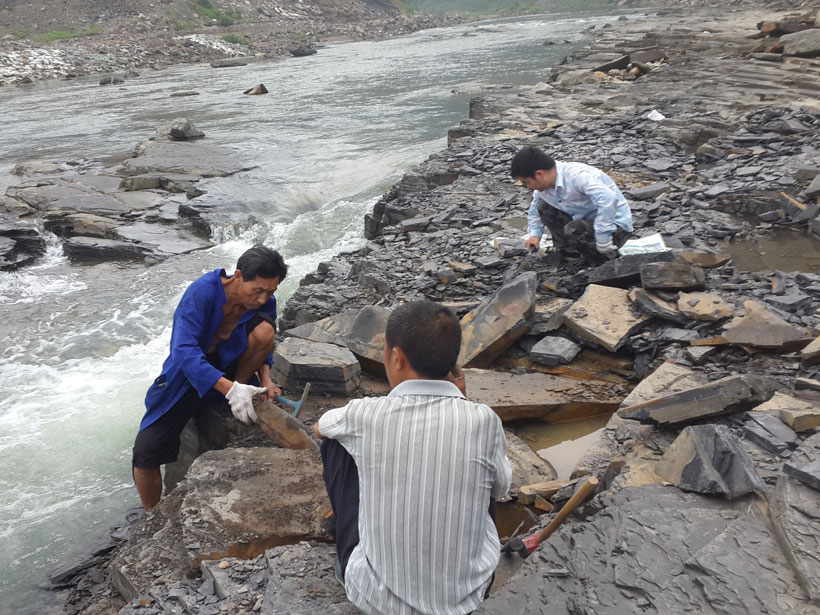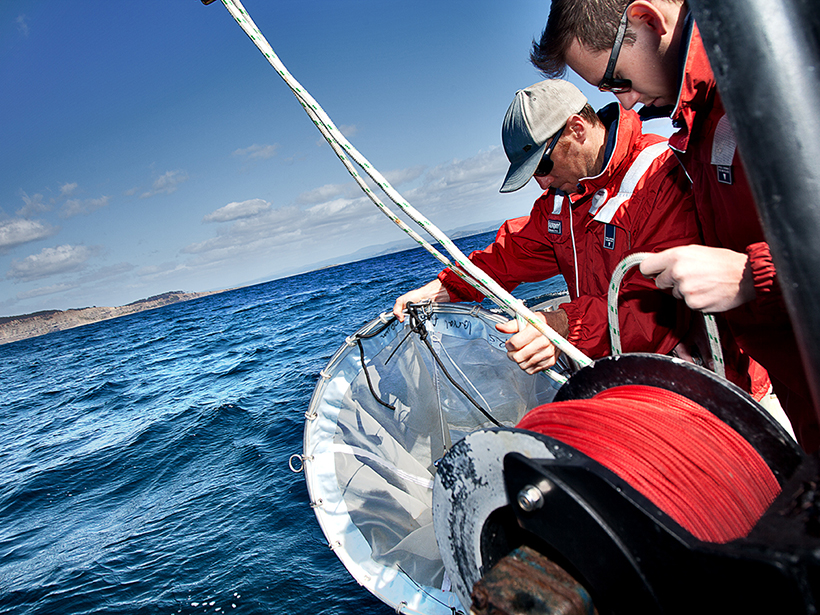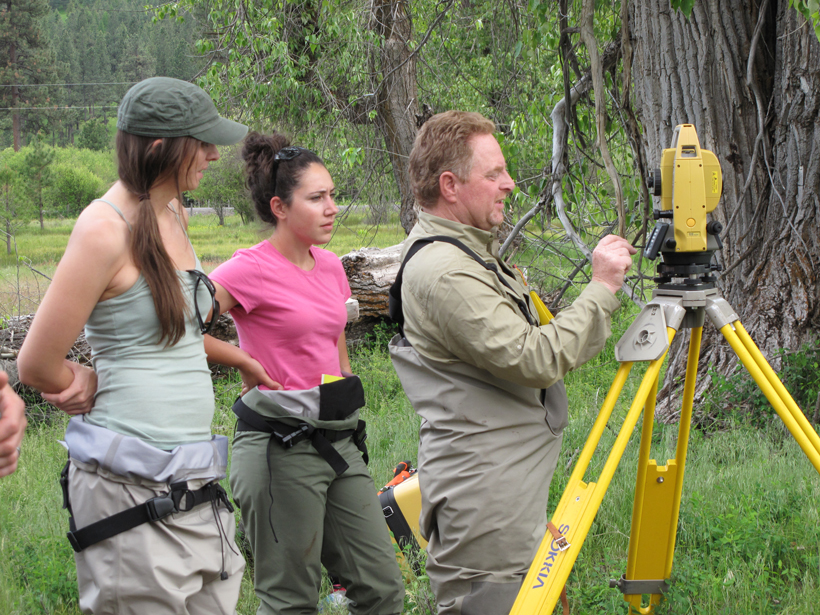In the wake of a dire report on global threats to biodiversity, experts explain why the issue is so urgent, not just to the environment and to threatened species but also to people.
biodiversity
Congress Hears Biodiversity Warning During a Charged Hearing
At a testy congressional hearing, leading experts confronted attacks on the science.
Bill Would Create a Wildlife Corridors System to Protect Species
In the wake of a recent United Nations report about threats to biodiversity, congressional legislation aims to protect wildlife that faces habitat loss, degradation, and fragmentation.
Leaping Global Temperatures Make Frog Disease Deadlier
Climate change will shift the warmest months, when disease rates spike, into tadpole season, which could endanger the long-term survival of common frogs.
Biodiversity Report Paints a Bleak Picture
Landmark study calls for urgent “transformative changes” to meet goals for conserving and sustainably using nature.
Podcast: Celebrate Earth Day with Stories from AGU
Enjoy the wonders of our world with special episodes of AGU’s Third Pod from the Sun.
Scientists Discover Pristine Collection of Soft-Tissue Fossils
The fossils include jellyfish, box jellies, branched algae, and sponges, which are underrepresented in or missing from other deposits.
Sustainable Observations of Plankton, the Sea’s Food Foundation
Workshop on Developing an Implementation Plan for a Sustained, Multidisciplinary Global Observing System of Plankton Communities; Santa Cruz, California, 25–27 June 2018
Scientists Discover New Ocean Current off Madagascar
The warm and salty Southwest Madagascar Coastal Current influences upwelling that supports rich marine ecosystems along the southern coast.
Defining Opportunities for Collaboration Across Data Life Cycles
Developing Enterprise Tools and Capacities for Large-Scale Natural Resource Monitoring; Fort Collins, Colorado, 12–13 October 2016

